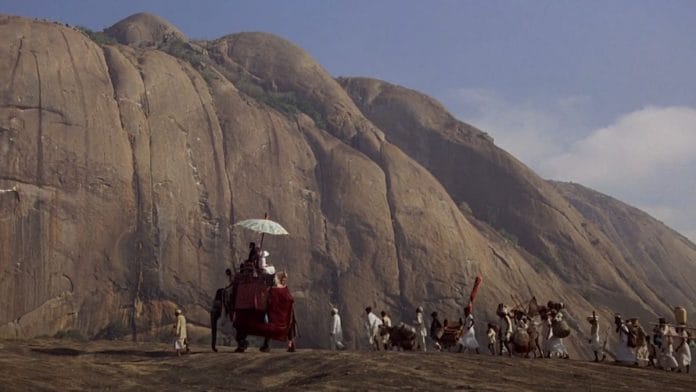It’s been a hundred years since EM Forster’s widely acclaimed novel, A Passage to India, was published—the book which stubbornly remains in all Indian university syllabi. Published in 1924, it’s known for building and distilling an image of India. The character of Adela Quested arrives in Chandrapore, where her fiance is a bureaucrat, and wants to see the real India.
The novel portrays colonially-laced friendships, disease in the East, and race. A white woman believes she has been sexually assaulted at the hands of a brown man—later she realises that she was hallucinating and has a mental illness.
In the hundred years since, the image of India—be it globally or at home—has changed beyond recognition. But even as the channels of communicating this would-be altered image have changed, what’s being transmitted isn’t all that different
If the latest cohort of writers is anything to go by, it seems like colonisation continues to have an existential hold, particularly over British-Indian authors. For instance, Scottish-Indian author Abir Mukherjee has written a series of whodunits set in 1920s Calcutta. His mismatched pair of protagonists, Captain Sam Wyndham and Sergeant Surendranath ‘Surrender-not’ Banerjee, solve mysteries against the backdrop of the Raj. In the fourth novel, the sergeant informs his British colleague that his name is Surendranath and he no longer wants to be called Surrender-not.
Murder mysteries have long been believed to be the ideal incubator for social realities to take centre stage, and Mukherjee’s work is no different.
“I don’t think it would be completely outrageous to say that in the end, Sam would be convinced of India’s need for Independence,” said Mukherjee in an interview with The Hindu.
Forster was also a critic of colonialism, but was unable to imagine a different world. In A Passage to India, he portrayed British characters as well-intentioned but forced to be racist by virtue of the social system.
Also read: Read EM Forster’s ‘A Passage to India’ as a myth. Don’t look for historical accuracy
Cookie-cutter narratives
In an interview with The Guardian, British-Indian actor Roshan Seth, the Nehru to Ben Kingsley’s Gandhi (1982), said that “most Indians squirm at representations of the British experience in India.” This was in the run-up to Victoria and Abdul, a 2017 film starring Judi Dench and Ali Fazal. The film, 70 years after Independence, relied on the same cookie-cutter roles—refusing to suffuse its characters with even a touch of nuance or navigate waters beyond the Western gaze.
“If only Abdul showed any sign of why the Empress of India would find him a worthy ‘Munshi’, translated here as a ‘teacher’. He shows just rudimentary knowledge of back home, proffering the Queen ‘biryani with mango chutney’ at one point, and is only too keen to leave that world for the gilded one she offers in return,” read a review in The Indian Express.
Gurinder Chadha is a British-Indian filmmaker known for her iconic films on the diaspora, Bend It Like Beckham (2002) in particular. She ventured into colonial India by way of Viceroy’s House (2017), a period drama. Pakistani writer Fatima Bhutto described it as “a servile pantomime of partition”.
The film was panned by historians as well, since it got the most basic facts wrong.
The idea of India as condensed in Britain, for a British audience in a large part, belongs to diasporic writers and filmmakers. However, they’re bound by an immovable image and don’t seem interested in forging a different one. While there will always be ample space for Raj narratives, it’s due to the reams of untold stories—not because the same story needs to be churned out time and time again.
There’s no shortage of Indian writers writing in English either, but except for a handful, they don’t have an already intact seal of approval.
Views are personal.
(Edited by Prasanna Bachchhav)






